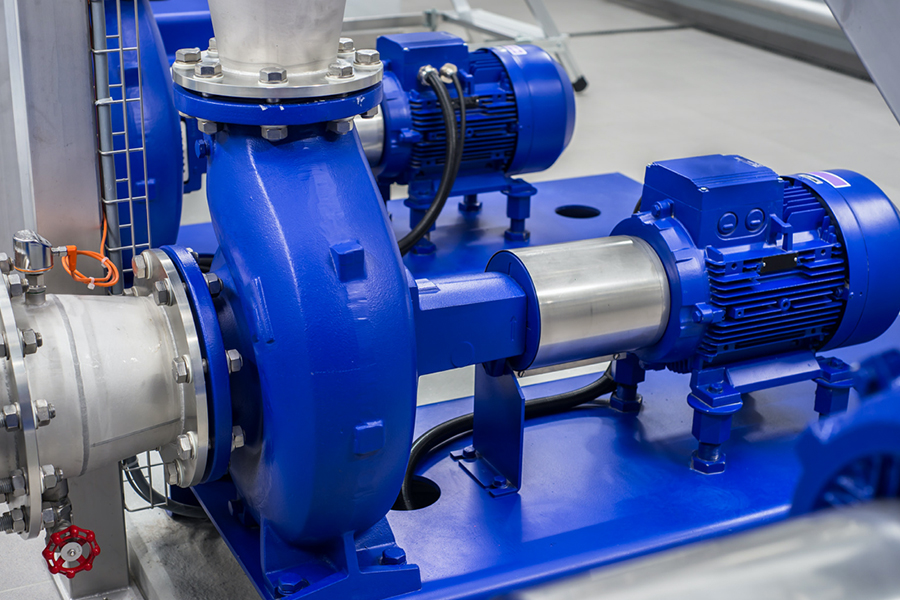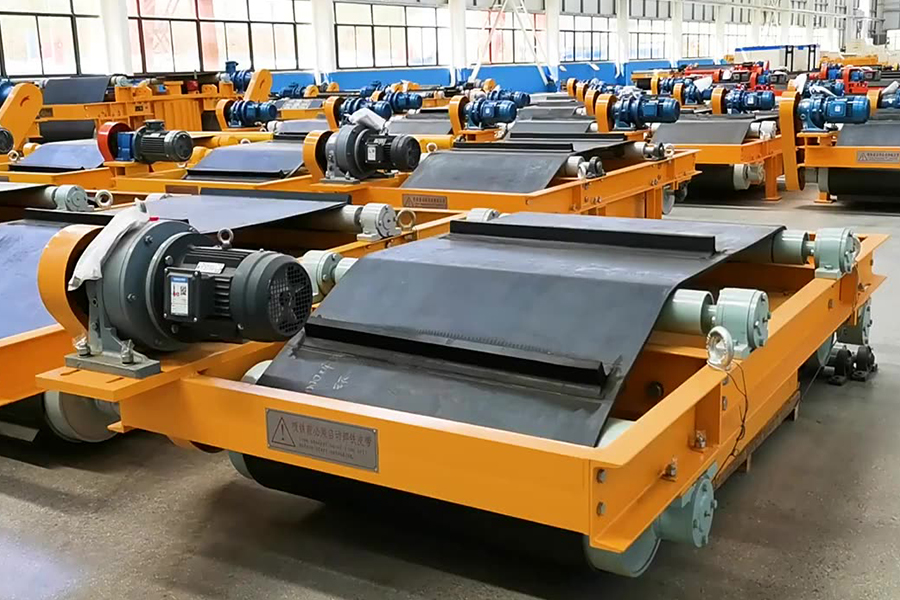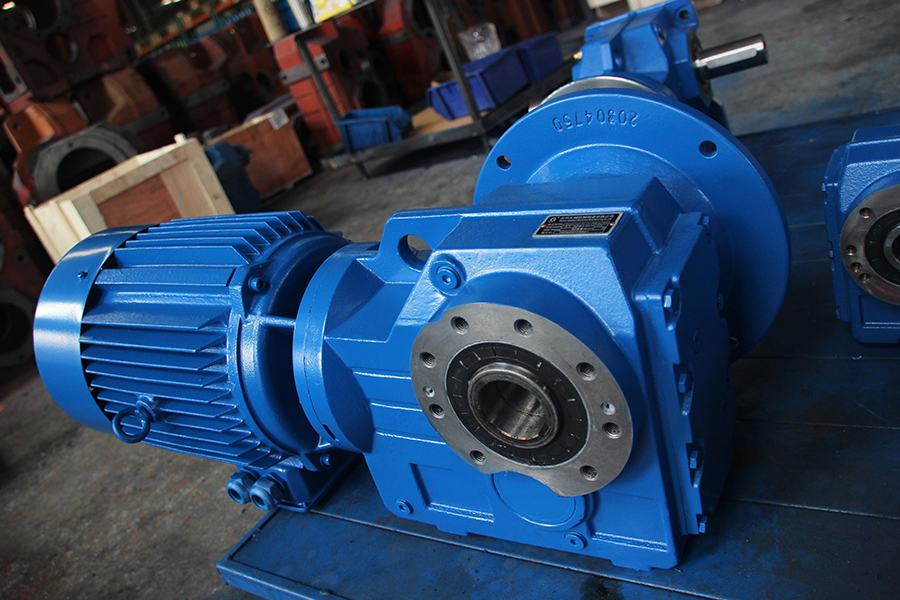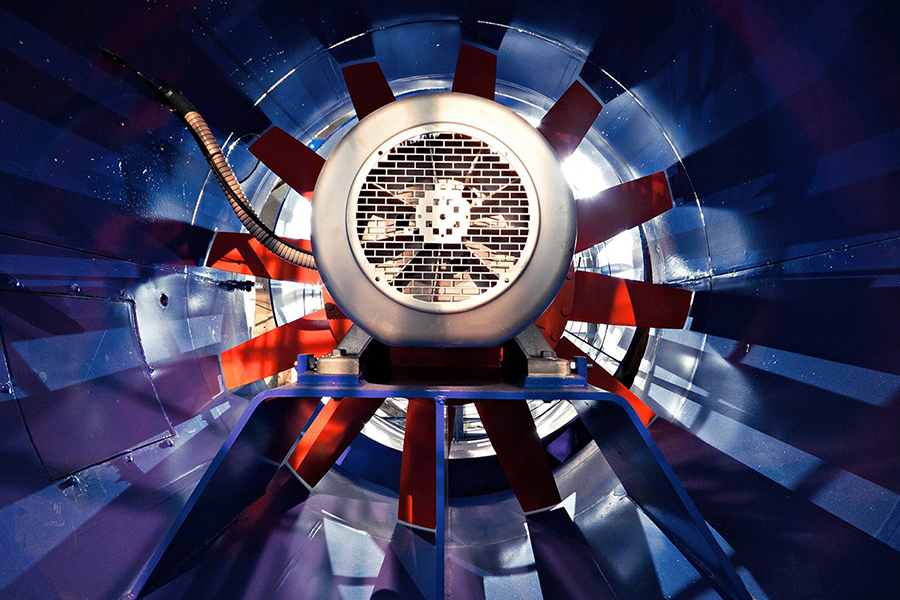In modern industrial operations, frequency conversion motors and energy saving motors play a crucial role in enhancing efficiency while reducing operational costs. One common challenge arises when equipment designed for one frequency standard, such as 50Hz, needs to operate in regions using a different standard like 60Hz. Understanding the technical considerations involved in converting motor frequencies is essential to ensure both performance reliability and long-term energy savings. Proper implementation of frequency conversion not only preserves the motor’s lifespan but also maximizes energy efficiency, which is a key advantage of modern energy-saving motors.
The increasing globalization of manufacturing and industrial equipment has made this issue more prevalent. Businesses that operate internationally often encounter machinery that must function seamlessly across regions with varying power supply frequencies.
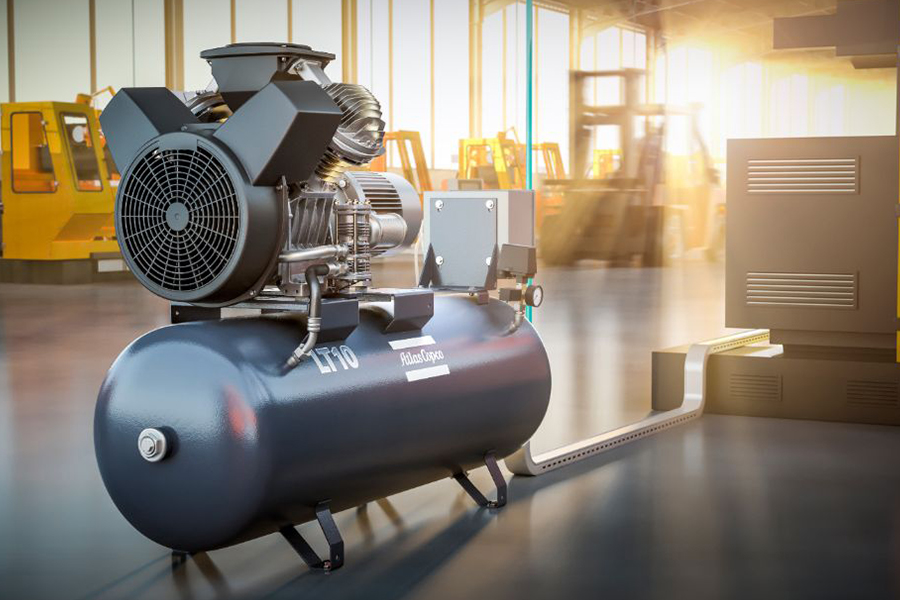
Key Challenges in Frequency Conversion
Converting a motor from 50Hz to 60Hz involves several technical considerations:
Motor Compatibility: Not all motors are suitable for frequency changes. Standard motors may experience excessive heat, reduced torque, or mechanical stress if operated at a frequency they were not designed for. Using a frequency conversion motor or motors rated for multi-frequency operation can prevent these issues.
Speed and Torque Variations: Motor speed is proportional to the supply frequency. Increasing frequency from 50Hz to 60Hz increases speed, which can impact connected machinery and processes. Energy-saving motors with adaptive load control can help mitigate negative effects by regulating torque and maintaining efficiency.
Thermal Management: Frequency changes can cause motors to operate outside their ideal thermal range. Overheating can damage insulation and bearings, shortening motor life. Motors with energy-efficient designs often include enhanced cooling mechanisms that allow them to maintain safe operating temperatures even under frequency variation.
Solutions for Smooth Frequency Conversion
To ensure smooth operation when converting frequencies, consider the following solutions:
Use Frequency Converters: Installing a high-quality frequency converter allows precise control over input voltage and frequency. This approach ensures the motor operates within its ideal range and avoids excessive mechanical stress.
Select Multi-Frequency Motors: When planning new installations, choosing frequency conversion motors and energy saving motors capable of handling both 50Hz and 60Hz can simplify operations and reduce the need for additional converters.
Regular Monitoring: Implementing a monitoring system to track motor temperature, vibration, and current ensures that any anomalies due to frequency conversion are detected early.
System Integration: Adjusting connected equipment, such as pumps or conveyor belts, to accommodate changes in motor speed is essential to maintain process efficiency.
Benefits of Proper Frequency Conversion
When implemented correctly, frequency conversion offers several advantages:
Extended Motor Lifespan: Reducing mechanical and thermal stress increases durability.
Energy Savings: Optimized motor operation reduces unnecessary power consumption.
Operational Flexibility: Machines can function seamlessly in multiple regions with differing frequency standards.
Reduced Maintenance Costs: Stable operation minimizes wear and tear, lowering repair expenses.
Ligong Motor’s Expertise
At Ligong Motor Co., Ltd., we specialize in frequency conversion motors and energy saving motors designed to operate efficiently across multiple frequency standards. Our solutions help clients navigate the challenges of international operations while ensuring improved energy efficiency. With a focus on quality, durability, and innovative design, Ligong provides the technical expertise and reliable products necessary for modern industrial applications.
Converting motor frequencies from 50Hz to 60Hz requires careful planning and the right equipment. Utilizing frequency conversion motors and energy saving motors ensures that industrial operations remain efficient, cost-effective, and sustainable. By selecting the appropriate motors, integrating frequency converters, and monitoring performance, businesses can achieve reliable operation across different regions without compromising energy efficiency or motor longevity.

 English
English 中文简体
中文简体 عربى
عربى



